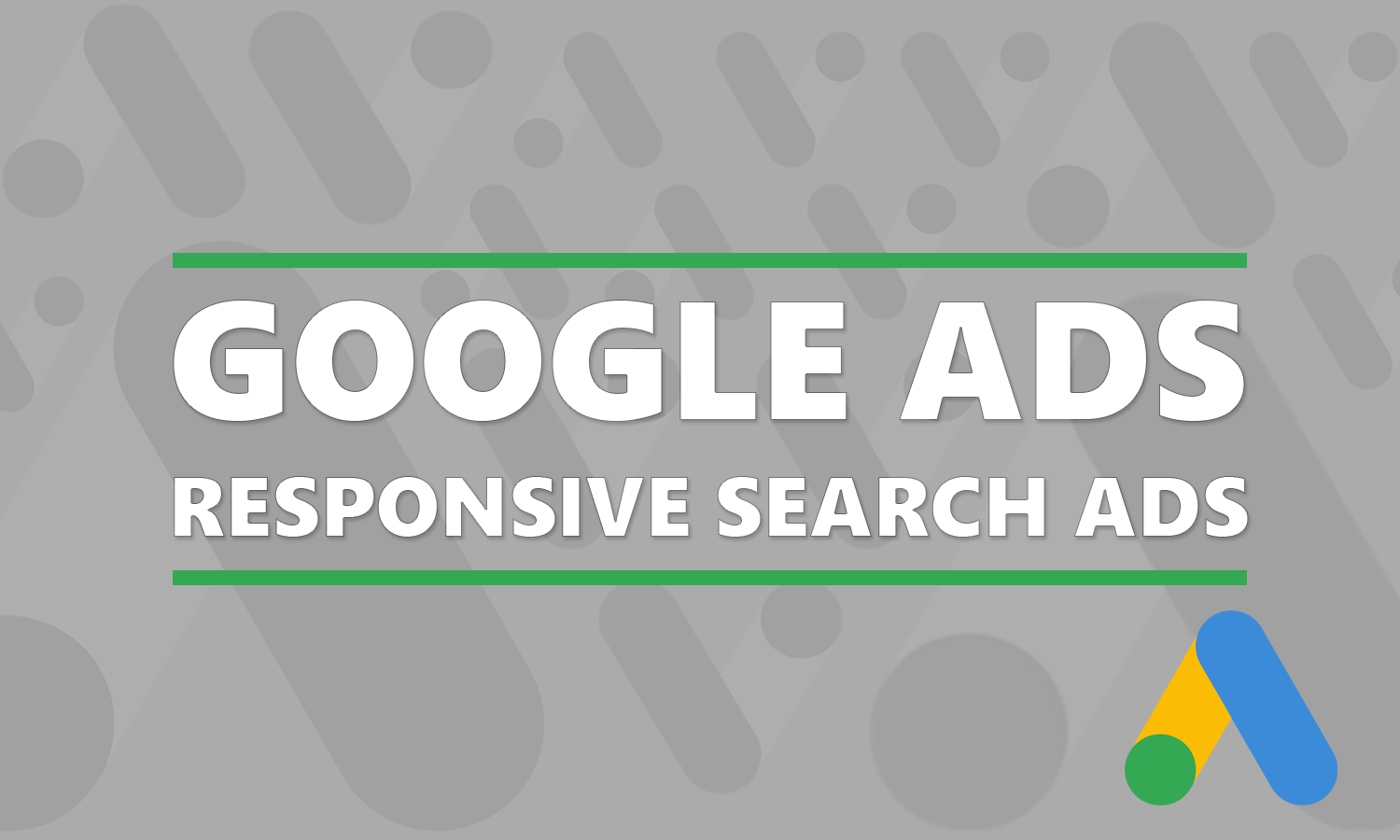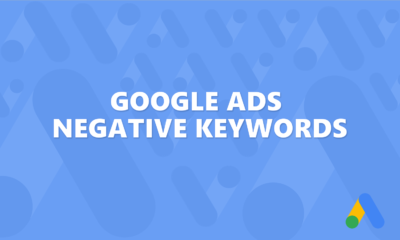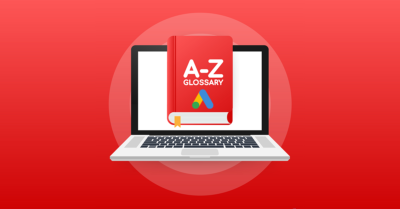Responsive search ads are an easy way to use machine learning to serve the best message to the right person at an ideal time – while they’re searching your keywords.
Not only can responsive search ads help improve your performance, but they can also be easier than creating dozens of individual ads yourself.
Through machine learning, responsive search ads mix a combination of headlines, descriptions, and ad extensions to ensure that your ad is the best match for searchers. This allows you to automatically test many variables and determine the best ads to receive the results you’re hoping to obtain.
Create A Campaign
Begin your responsive search ads campaign by selecting the “ads and extensions tab” on the left side of the screen in your Google Ads account. If you don’t have an account, you’ll need to set one up or find a company that provides Google Ads management services.
Once you’ve selected the ads’ extension tab, select the blue plus sign to create a new ad. Choose your campaign and “responsive search ad” to get started.
At this step, you’ll need to have the URL or webpage that you’ll be directing your traffic toward. This URL will show up when users see your ad, so you may want to customize it. Every word of your ad is important; including the URL.
Complete campaign set up, including locations, audience, language, budget, and bidding parameters. You’ll also need to enter your keywords and ad group names before you’re ready to start creating your ads.
Headlines And Descriptions
Responsive search ads work by using machine learning. Machine learning is a form of artificial intelligence that teaches computers to think similarly to the way humans think and improve past experiences. It does this the same way we do – by analyzing past performance, identifying patterns, and exploring data.
The more data the system has, the better it can perform. Therefore, more combinations of responsive search ads will be generated with more headlines and descriptions that you provide, increasing your chance of success.
Google recommends that you create eight to 10 headlines and at least two distinct descriptions at minimum. We hear you saying, “What? Ten headlines?!?! It’s hard enough coming up with one good one!” But don’t worry, we have a few tips for you.
- Reuse copy from your best-performing ads in other campaigns
- List one benefit or feature, or problem you’re solving in each headline
- Some headlines can be short with only a few words
- Create a few headlines that are long and use all available characters
- Use your keywords in at least two of your headlines
- Don’t use your keywords in at least three headlines
- Make your descriptions as different as possible, perhaps one that focuses on a benefit and the other focusing on the problem you’re solving
- Don’t make your headlines too similar, or the machines will not be able to differentiate them enough to make a difference
The responsive search ads machines like having a variety of long and short copy to choose from and appreciate the test variables you’ve given them. If they don’t, they’ve got a way to tell you.
Improve Ad Strength
Knowing that you’re creating “excellent” responsive search ads is made easy with the built-in responsive search ads optimization tool on the right side of the screen.
As you’re entering your headline, each will be given a grade from “incomplete” to “excellent.” You should strive for excellent, but good is okay too.
The ad strength tool will continue to update as you improve your ad with its feedback, measuring keyword relevance, diversity, and quantity of your copy. This actionable feedback allows you to improve your ad strength and the effectiveness of your ads.
The feedback you might receive could include messages like, “Increase the length of the headline” or “Make your description more unique.” As you update your ad using the feedback, it will automatically reassess your grade after the edit. If it doesn’t change, you should keep editing.
The tool doesn’t stop working after your ads are running either. Even after ads are live, the system will continue to monitor their performance and make recommendations, so check on them periodically.
Boost Your Score
We know writing excellent headlines isn’t easy, so here are a few tips to boost your responsive search ad’s score.
Performance Recommendations
Responsive search ads work best with expanded text ads, and Google recommends you have at least two expanded text ads to complement your responsive search ads per ad group. What’s more, there’s a limit, so only three responsive search ads will run per group at any given time, but this is plenty if you write excellent copy. A few tips:
Pin Headlines and Descriptions
Sometimes you might require a specific headline or description, like a disclaimer, always be present in your copy, but other parts of your ad can be responsive. Here, you can pin one component of your ad so you can still receive the benefits of responsive search ads. You do this by pinning.
Responsive search ads, by definition, can appear in any order or combination. Still, you can control one aspect by pinning it, ensuring it’s always one of the choices the machine makes or is in a specific position of your ad.
You could pin your disclaimer to Description one, for example, so that no matter what headline the system selects, the description will always be the disclaimer.
Pin components of your responsive search ad by clicking on the pushpin icon on the right side of the headline or description and turn it from light to dark gray, showing that it’s pinned.
When you pin a part of your ad, it means the copy will always appear, and it will prevent other headlines or descriptions from appearing and reduce the effectiveness of your responsive search ads campaign. Due to this, avoid it unless necessary.
Now, save to your ad and let the machine take over.




